Other Names in English (UK, USA, Canada, South Africa, Australia, New Zealand):
1- Wild onion, Wild Garlic, Potato Onion
Family: Amaryllidaceae
GENERAL DATA
Plant parts: Bulb
Cultivation mode: Wild collection/Cultivated
In manufacturing: Pharmaceutical, shampoos, spices, breads, confectionery, dairy.
In food: As spices and used in yoghurt and pickles.
🧅 Industries That Use Persian Shallot (Allium stipitatum L.)
Here’s a structured list of industries that commonly use Persian Shallot, a unique wild species of Allium native to Iran and Central Asia, prized in culinary, nutraceutical, and traditional medicine sectors.
1. Culinary & Food Industry
Highly valued in Persian and Middle Eastern cuisines:
-
Served with yogurt-based dips (e.g., Mast-o-Mousir)
-
Used in kebabs, rice dishes, soups, and herbal stews
-
Ground into spice powders or pickled for flavor and preservation
-
Often rehydrated and blended into sauces and marinades
✅ Known for its delicate garlic-like taste without pungency
2. Pharmaceutical & Herbal Medicine Industry
Persian Shallot is used in traditional Persian and Unani medicine for its:
-
Antimicrobial and antifungal properties
-
Digestive stimulant: Reduces bloating, supports liver function
-
Antihypertensive and cholesterol-lowering effects
-
Treatment for intestinal parasites and infections
✅ Delivered in powders, decoctions, or herbal extracts
3. Nutraceutical & Functional Food Industry
Growing interest in bioactive compounds like saponins, flavonoids, and organosulfur compounds has expanded its role in:
-
Immune-boosting supplements
-
Functional spice blends and nutraceutical yogurts
-
Detox powders, herbal capsules, and botanical elixirs
✅ Supports gut health, antioxidant activity, and heart wellness
4. Cosmetic & Personal Care Industry
Used in natural beauty formulations for its antibacterial and anti-inflammatory effects:
-
Traditional pastes or masks for skin infections and blemishes
-
Included in herbal soaps and shampoos for scalp care
-
Rarely used in oral hygiene products in herbal traditions
✅ Still seen in traditional Persian skincare remedies
5. Veterinary & Ethnobotanical Use
Historically used in rural and nomadic communities as:
-
A digestive tonic for livestock
-
Antiseptic poultices or feed additives for deworming
✅ Limited to regional, ethnoveterinary practices
✅ Summary Table – Persian Shallot (Mousir) 🧅
| Industry | Common Uses |
|---|---|
| Culinary & Food | Yogurt dips, stews, pickles, sauces, seasoning |
| Pharmaceutical & Herbal | Antifungal, digestive, anti-parasitic uses |
| Nutraceutical | Immune and heart health supplements, functional foods |
| Cosmetic & Skincare | Acne treatments, natural soaps, herbal masks |
| Veterinary | Deworming and digestive aid in traditional animal care |
🌱 Key Features:
-
Wild-harvested bulbs from highland Allium stipitatum in Iran
-
Milder than garlic with delicate aroma and long-lasting flavor
-
Contains organosulfur compounds, flavonoids, and phenolic acids
-
Deeply rooted in Persian cuisine and traditional medicine
🟣 Industries That Use Ornamental Onion (Allium jesdianum)
Below is a well-organized breakdown of industries that utilize Ornamental Onion, a native Iranian species valued for both its aesthetic and medicinal properties.
🌿 What Is Ornamental Onion (Allium jesdianum)?
Allium jesdianum is a wild-growing bulbous plant native to Iran, particularly found in mountainous regions such as Yazd, Lorestan, and Fars. While admired for its decorative purple flower globes, the bulb is also traditionally used for culinary and medicinal purposes in regional and folk practices.
It contains organosulfur compounds, saponins, and flavonoids, and is known for its garlic-like flavor and antimicrobial activity, though less widely cultivated than Allium sativum or stipitatum.
1. Pharmaceutical & Herbal Medicine Industry
Traditionally used in Iranian ethnomedicine for:
-
Antibacterial and antifungal treatments
-
Digestive support: Used as a mild carminative
-
Anti-inflammatory: Especially in joint pain remedies
-
Used in respiratory and intestinal infections
✅ Common in folk medicine tinctures, poultices, and decoctions
2. Nutraceutical & Functional Food Industry
Although limited in commercial nutraceuticals, the bulb’s bioactive profile supports its use in:
-
Immune-supporting powders and botanical extracts
-
Antioxidant blends in local detox tonics
-
Sometimes blended with other native Allium species
✅ Research shows potential for antioxidant and antimicrobial applications
3. Culinary & Traditional Food Industry
In rural areas, the bulbs are:
-
Used in flavoring dairy-based dips or herbal yogurt dishes
-
Sliced and sun-dried for use in soups and stews
-
Occasionally pickled or candied as a local delicacy
✅ Has a milder, slightly sweet garlic-onion flavor
4. Ornamental & Landscaping Industry
As the name suggests, this species is especially valued for:
-
Its large, spherical purple blooms in spring
-
Use in rock gardens, xeriscaping, and drought-tolerant designs
-
Also grown for cut flower markets and pollinator gardens
✅ Popular among landscape architects and horticulturalists
5. Ethnobotanical & Folk Uses
Other regional uses include:
-
Poultices for swelling and minor infections
-
Added to traditional animal feed remedies in mountainous villages
-
Used in ritualistic or protective practices in rural folklore
✅ Summary Table – Ornamental Onion (Allium jesdianum) 🟣
| Industry | Common Uses |
|---|---|
| Pharmaceutical & Herbal | Antimicrobial, digestive aid, inflammation treatment |
| Nutraceutical | Antioxidant and immune-supportive blends |
| Culinary & Traditional Food | Yogurt dishes, stews, pickles, regional flavorings |
| Ornamental & Landscaping | Garden design, xeriscaping, floral arrangements |
| Ethnobotanical & Folk | Poultices, animal care, cultural uses |
🌱 Key Features:
-
Native wild Allium species with edible bulb and ornamental bloom
-
Contains saponins, sulfur compounds, and natural antioxidants
-
Dual-purpose: used in folk medicine and landscaping
-
Known for its mild garlic-onion taste and springtime purple flower clusters
🧄 Comparison Table: Persian Shallot vs. Ornamental Onion
| Feature/Aspect | Persian Shallot (Allium stipitatum) | Ornamental Onion (Allium jesdianum) |
|---|---|---|
| Local Name (Iran) | Mousir / Moshgak | Bon-Sorkh / Jesdian Mousir |
| Plant Part Used | Bulb (dried, sliced) | Bulb (used), Flower (ornamental) |
| Botanical Origin | Native to Iran and Central Asia | Native to mountainous regions of Iran (Yazd, Lorestan, Fars) |
| Flavor Profile | Mild garlic-like, earthy, slightly sweet | Milder than garlic, slightly onion-like with sweet undertones |
| Culinary Uses | Yogurt dips (Mast-o-Mousir), soups, stews, pickles | Local stews, pickles, yogurt dishes (rural use only) |
| Phytochemicals | Organosulfur compounds, flavonoids, saponins | Sulfur compounds, saponins, flavonoids |
| Medicinal Uses | Digestive aid, antimicrobial, antiparasitic, heart support | Antimicrobial, anti-inflammatory, carminative |
| Nutraceutical Applications | Immune support, gut health, detox formulas | Antioxidant blends, botanical extracts |
| Cosmetic/Topical Use | Traditional skin masks, herbal soaps | Folk poultices, scalp care, antibacterial washes |
| Veterinary/Ethnovet Use | Digestive tonic, parasite control in rural livestock | Traditional antiseptic, digestive additive in animal care |
| Ornamental Value | Low | Very High – prized for large purple globe-shaped flowers |
| Commercial Availability | Common in herbal and gourmet markets | Rare; limited to local or dual-purpose farming |
| Harvesting Method | Wild-harvested and cultivated | Mostly wild-collected; sometimes cultivated for landscape use |
| Primary Market | Culinary, herbal medicine, wellness sectors | Landscaping, regional medicine, limited culinary |
✅ Key Summary:
-
Persian Shallot is culinary-focused, with significant medicinal and nutraceutical applications.
-
Ornamental Onion is dual-purpose, used in landscaping and folk remedies, but less common in mainstream culinary and health markets.
-
Both species are native to Iran and contain valuable sulfur-based bioactive compounds, making them useful in natural medicine and antioxidant applications.
HARVEST CALENDAR
Feb
Mar
Apr
May
Jun
Jul
Aug
Sep
Oct
Nov
Dec
Trusted Exporter of Dehydrated Persian Shallot Bulbs (Moosir / Allium Stipitatum)
As a leading exporter of Persian Shallots, we provide dehydrated Moosir bulbs in bulk to global buyers across the food, herbal, and pharmaceutical industries. Our Allium stipitatum bulbs, also referred to as Iranian Moosir, are known for their unique flavor, antimicrobial benefits, and high market demand in ethnic cuisine, natural health products, and spice blends. Each bulb is carefully selected, peeled, and dried under hygienic conditions to maintain purity, aroma, and long shelf life. We supply wholesale quantities of Persian Shallot bulbs with reliable packaging and efficient international shipping for importers, distributors, and product manufacturers worldwide.
To order Persian Shallots, please contact us.
About Allium stipitatum
The stem of the Allium stipitatum plant is elongated and hollow and has a circular cross-section. Its leaves are very elongated and pointed. But compared to Garlic leaves, they are shorter and wider. Unlike garlic, Persian Shallot leaves grow from the bottom of the stem. The flowers are reddish pink and very small and grow in complex and spherical form at the end of the flowering stem.
The underground bulb of Allium stipitatum is almost oval, relatively small and the size of a small onion, and unlike the Garlic, its surface is smooth and uniform. It is covered by a white and thin peel (similar to onion peel). In the lowest part of the underground bulb of Pershian Shallot, there are short and relatively thin roots. Its aroma is almost similar to the smell of garlic. But it has a slightly spicy and delicate taste.
To order Moosir, please contact us.
Allium stipitatum Chemical Constituents
Butene,1-(methylthio)-(Z) (18.21%), Methyl methylthiomethyl disulfide (8.41%), Dimethyl tetrasulfide (6.47%), Piperitenone oxide (4.55%) are the most abundant components and comprised 37.64% of the essential oil. 5-Diethylthiophene (0.07%) and n-Nonanal (0.06%) were detected in lower amounts. The presence of compounds showed mono-sulfur (22.42%), disulfide (1.81%), tri-sulfur (13.57%) and tetra-sulfur compounds (6.47%). The results indicated that the highest amount of sulfur compounds is related to mono-sulfur compounds.
Ornamental allium bulbs, please contact us.
Potato Onion Temperament
Hot and dry.
Potato Onion Health Benefits
- Eating Wild Onion reduces sediments of the gastrointestinal tract and joints of the body, diuretic and sudatory, makes your skin rosy, is useful for most neurological disorder, strengthens the spleen, repels parasites, detoxifies snake and spider venom that resembles tarantulas, disinfects and lysis wounds and heals them.
- Persian Shallot continuous consumption prevents graying and hair loss.
- People who do not have purified water for drinking, if they sometimes eat some Wild Garlic with food due to their temperament, seasons and other conditions, will be protected from some diseases that are transmitted by water.
- To treat insomnia, cook Persian Shallot in soup and eat them at nights.
- Men who do not get an erection and have a weak penis, if they fry the shallots with Walnut kernels in fresh oil of beef or sheep, they will quickly return to normal.
- Boil Wild Onion with Cumin and Populous alba and hold it to the teeth. It strengthens the gums and the teeth.
- If the leeches are stuck in the throat, boil some Persian Shallot in vinegar or just gargle its juice in the throat. It will avulse the leech and removes or destroys it.
- Mash Wild Garlic and mix it with Ammonium chloride and poultice it every night. Removes white spots or vitiligo on the body.
To order ornamental onion, please contact us.
Potato Onion Side Effects
Continuing to eat it is harmful for hot temperament people.
Allium stipitatum Modifier
Sweet Almond Oil.
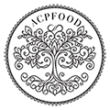

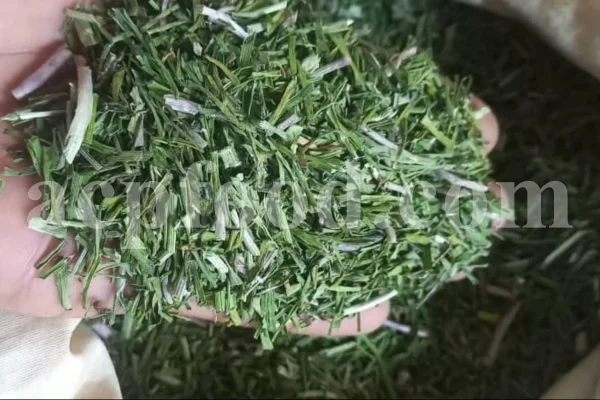
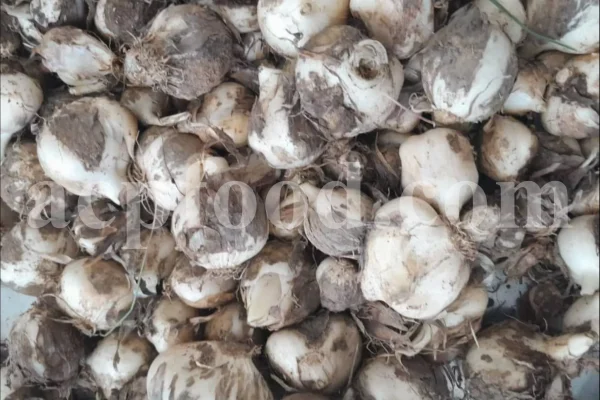
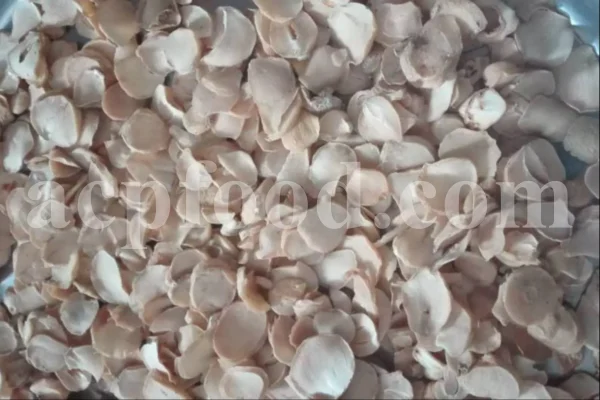
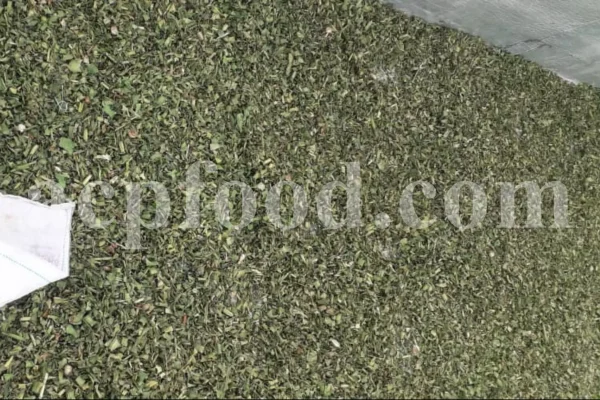
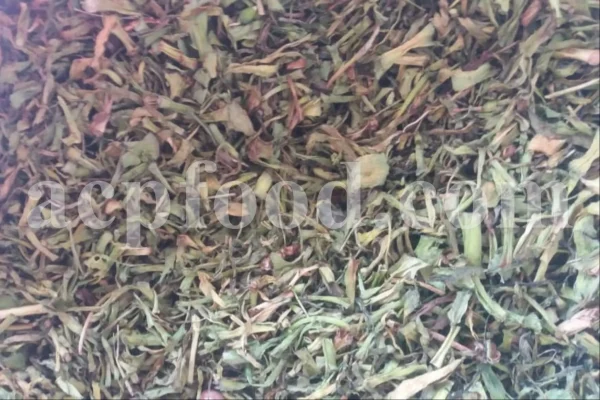
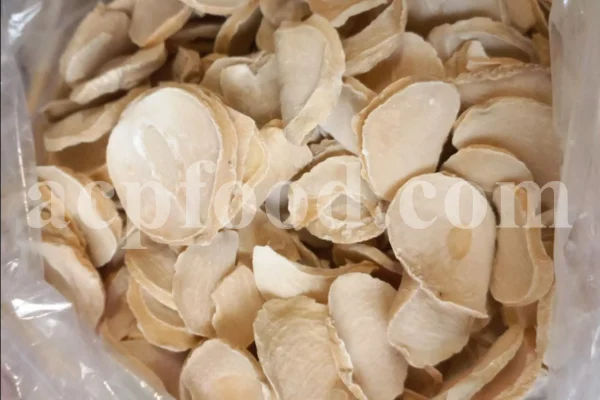
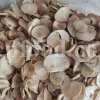
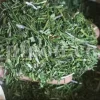
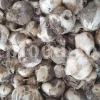
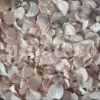

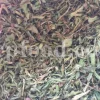
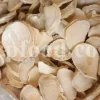
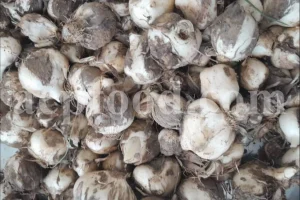
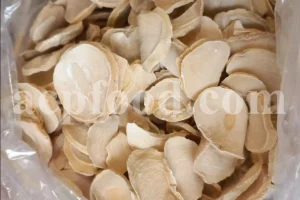
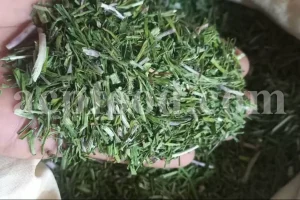
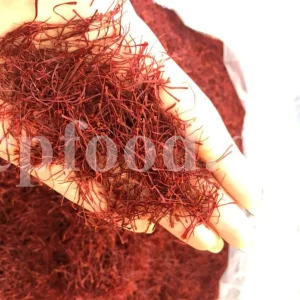
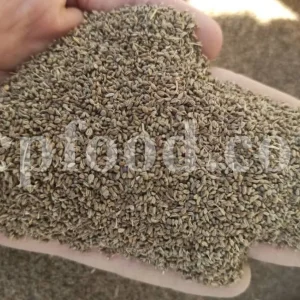
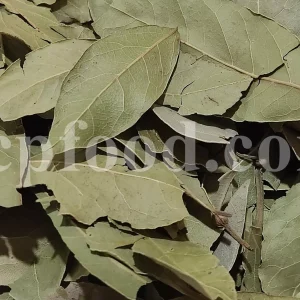

Reviews
There are no reviews yet.